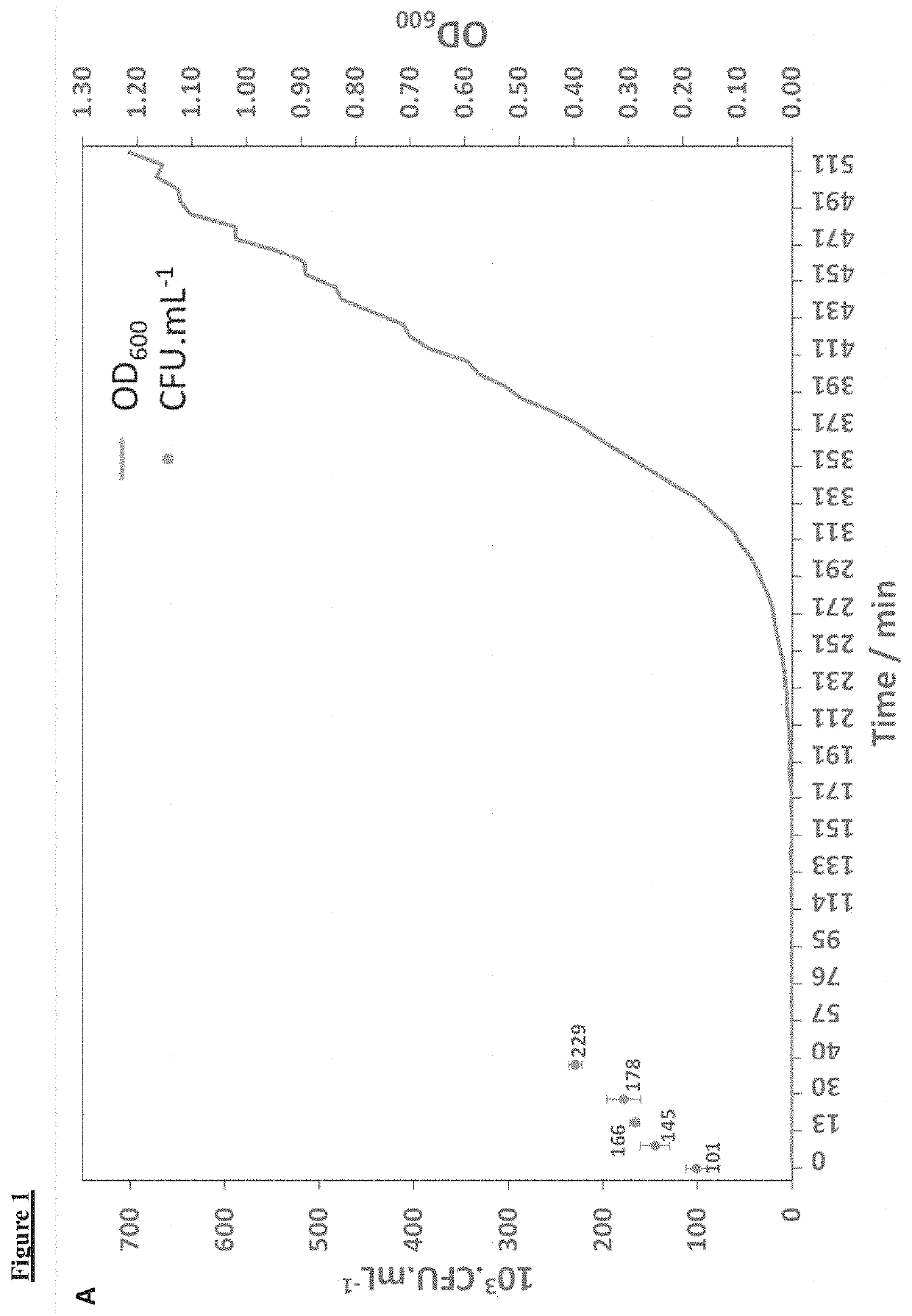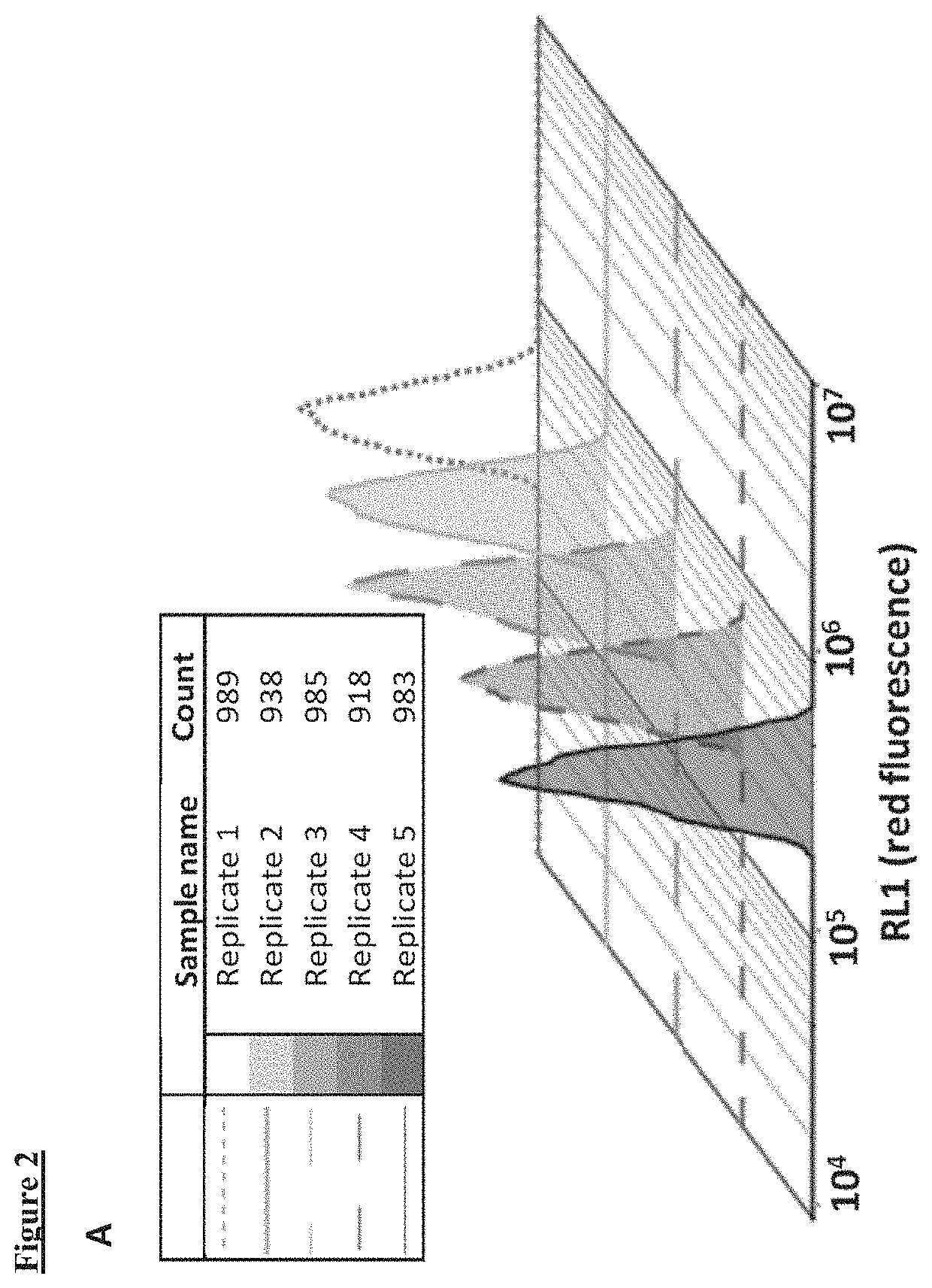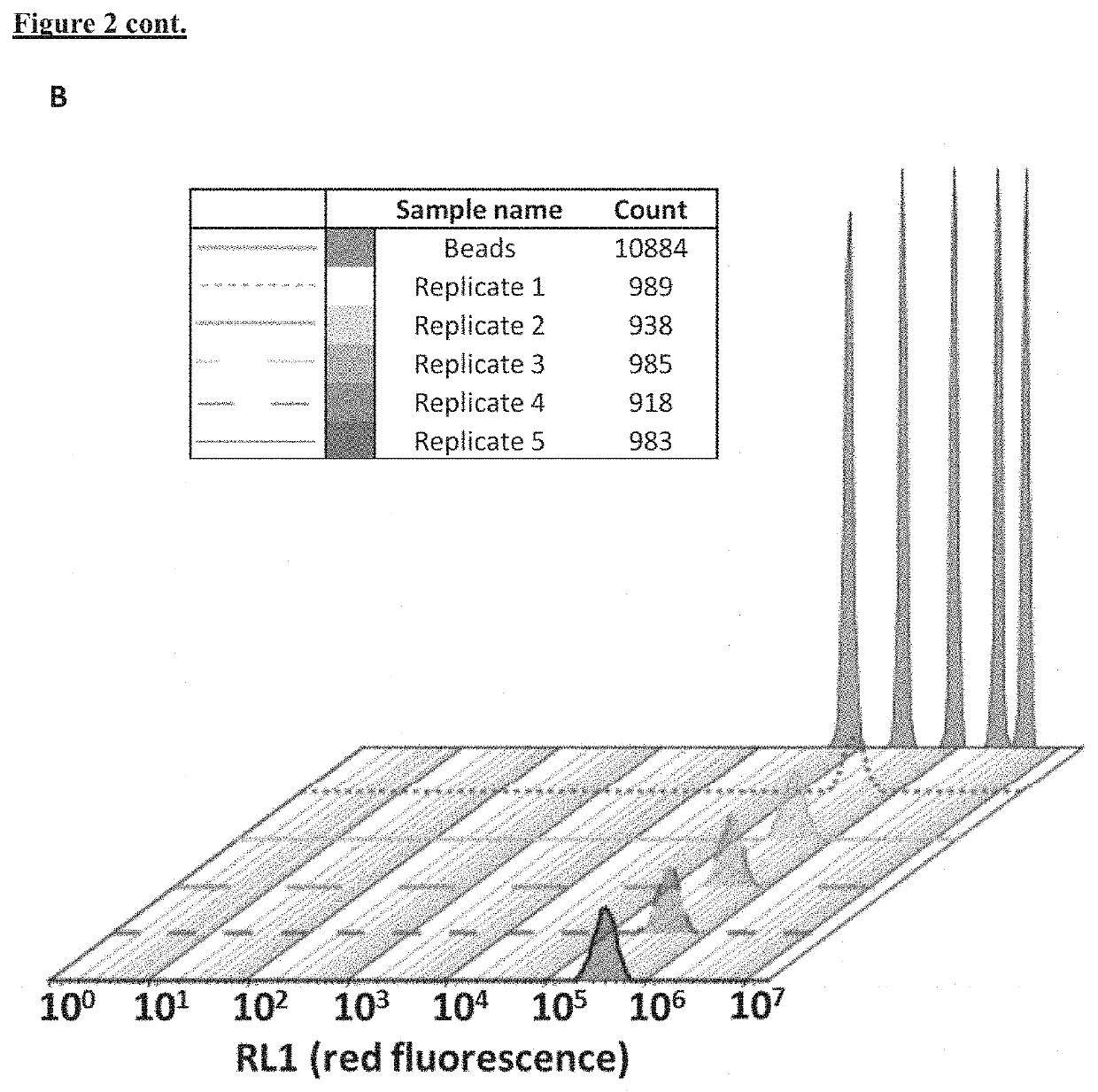Antimicrobial Susceptibility Assay and Kit
a technology of antimicrobial susceptibility and kit, which is applied in the field of rapid assays, can solve the problems of lower) sensitivity of bulk optical estimates of biomass
- Summary
- Abstract
- Description
- Claims
- Application Information
AI Technical Summary
Benefits of technology
Problems solved by technology
Method used
Image
Examples
Embodiment Construction
[0041]Embodiments of the invention are described below, by way of example only, with reference to the accompanying figures in which:
[0042]FIG. 1. True and apparent lag phases during microbial regrowth. The strains indicated were grown in Lysogeny Broth and inoculated into Terrific Broth after 4 h in stationary phase to ca 105 cells·mL−1. OD was measured quasi-continuously in an Omega plate reader spectrophotometer (BMG Labtech, UK), while CFU were measured conventionally on agar plates containing nutrient agar medium solidified with 1.5% agar. The lag phase observed via counting CFUs is less than 30 min while bulk OD measurements show a lag phase of some 230 minutes (˜4 hours).
[0043]FIG. 2. Cytograms of E. coli at a concentration of 105 cells·mL−1 when incubated in 0.2 μm-filtered Terrific Broth containing 3 μM Di-S-C3(5). The sample measured has a volume of 3 μL and measurement takes place over 2 seconds. A. 1D histograms of RL1 fluorescence showing the reproducibility of the resul...
PUM
| Property | Measurement | Unit |
|---|---|---|
| temperature | aaaaa | aaaaa |
| temperature | aaaaa | aaaaa |
| temperature | aaaaa | aaaaa |
Abstract
Description
Claims
Application Information
 Login to View More
Login to View More - R&D Engineer
- R&D Manager
- IP Professional
- Industry Leading Data Capabilities
- Powerful AI technology
- Patent DNA Extraction
Browse by: Latest US Patents, China's latest patents, Technical Efficacy Thesaurus, Application Domain, Technology Topic, Popular Technical Reports.
© 2024 PatSnap. All rights reserved.Legal|Privacy policy|Modern Slavery Act Transparency Statement|Sitemap|About US| Contact US: help@patsnap.com










